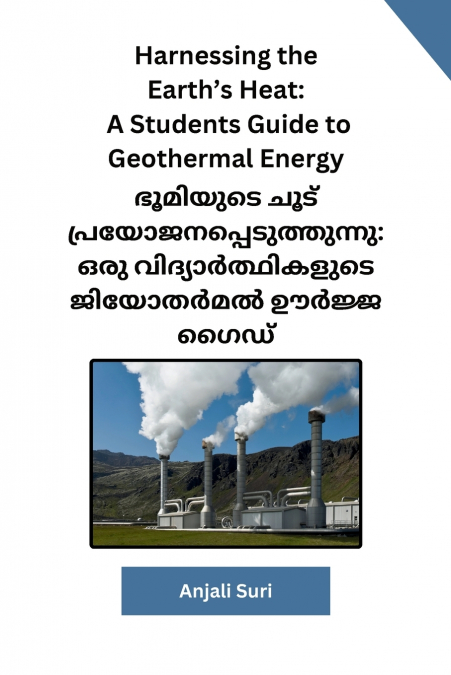
 Librería Desdémona
Librería Desdémona
 Librería Samer Atenea
Librería Samer Atenea
 Librería Aciertas (Toledo)
Librería Aciertas (Toledo)
 Kálamo Books
Kálamo Books
 Librería Perelló (Valencia)
Librería Perelló (Valencia)
 Librería Elías (Asturias)
Librería Elías (Asturias)
 Donde los libros
Donde los libros
 Librería Kolima (Madrid)
Librería Kolima (Madrid)
 Librería Proteo (Málaga)
Librería Proteo (Málaga)
Harnessing the heat from the earth - The story of geothermal energyOur planet is a hot place, with volcanoes erupting and geysers spouting. But there’s also a hidden fire burning inside the earth. This is geothermal energy, the heat and energy that is generated from within the earth. It is a renewable source of energy that can be used to heat homes, provide light, cook food, and even power vehicles.Deep within the earth, the decay of radioactive elements and the movement of tectonic plates generate heat. This heat warms rocks and water, which rise to the surface and create geothermal phenomena. These include volcanoes, hot springs, and geysers. We can use these natural phenomena directly, or we can extract the heat and water from beneath the earth using specialized technology, and use it to generate electricity and for other purposes.Direct use of geothermal energyDirect use of geothermal energy is the simplest and most common way to harness this renewable resource. It involves using the natural heat that comes from the earth to warm homes, businesses, and other buildings. Geothermal heat can also be used to heat water for bathing, cooking, and other purposes.Geothermal power generationGeothermal power generation is a more complex process, but it can be a very efficient way to produce electricity. It involves drilling wells into the earth to extract hot water or steam. This water or steam is then used to drive a turbine, which generates electricity.The benefits of geothermal energyGeothermal energy has many benefits over other sources of energy. It is a renewable resource, meaning that it will never run out. It is also a clean source of energy, producing no emissions that contribute to climate change.